FDM Printing
Fused Deposition Modeling (FDM) is a technique for creating physical objects by layering thermoplastic material, which is extruded through a nozzle, one layer at a time.
Fused Deposition Modeling (FDM), also referred to as 3D printing, is an additive manufacturing method. Unlike subtractive processes such as machining, which involve removing material to form an object, FDM builds objects layer by layer. Its additive approach, along with the use of soluble support materials, makes it easier to produce components with intricate geometries and internal structures. FDM technology is suitable for office environments due to the use of production-grade materials that are both mechanically and environmentally stable. FDM thermoplastics offer the required properties for applications needing precision, durability, and stability across various conditions, including many materials used in conventional manufacturing like injection molding.
Usages of FDM 3D Printing
FDM 3D Printing for Medical and Dental
Fused Deposition Modeling (FDM) 3D printing is a widely used additive manufacturing technology that has found significant applications in the medical and dental industries. FDM involves the layer-by-layer deposition of thermoplastic materials, which makes it suitable for creating customized, functional, and complex structures.
FDM 3D Printing for Automotive
Fused Deposition Modeling (FDM) is an additive manufacturing technology that is increasingly being used in the automotive industry. FDM works by extruding thermoplastic materials layer by layer to build up parts, offering the potential to streamline production, reduce costs, and enable the creation of complex geometries that are difficult or impossible with traditional manufacturing methods.
FDM 3D Printing for Architecture
Fused Deposition Modeling (FDM) 3D printing is making significant strides in the architecture and construction industries by offering innovative solutions for design, prototyping, and building processes. FDM works by extruding thermoplastic materials, building up layers to create three-dimensional structures, which can be highly beneficial for architects, designers, and builders.
FDM 3D Printing for Manufacturing
Fused Deposition Modeling (FDM) is a widely utilized 3D printing technology in the manufacturing industry, offering numerous advantages for both prototyping and end-use part production. FDM works by extruding thermoplastic filament through a heated nozzle, layer by layer, to create solid objects. In manufacturing, this process is applied across various stages, from product design to full-scale production.
